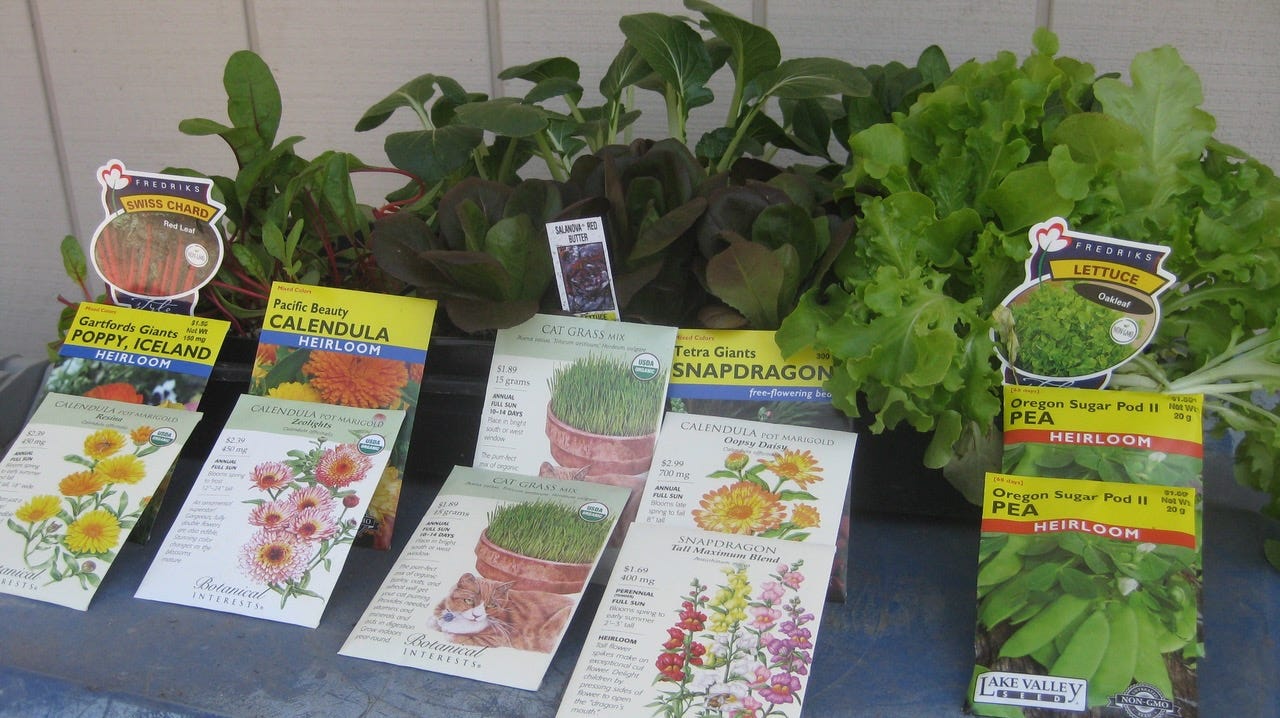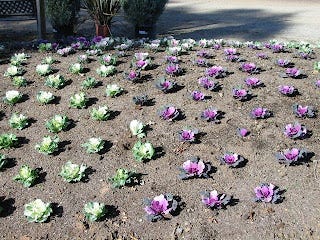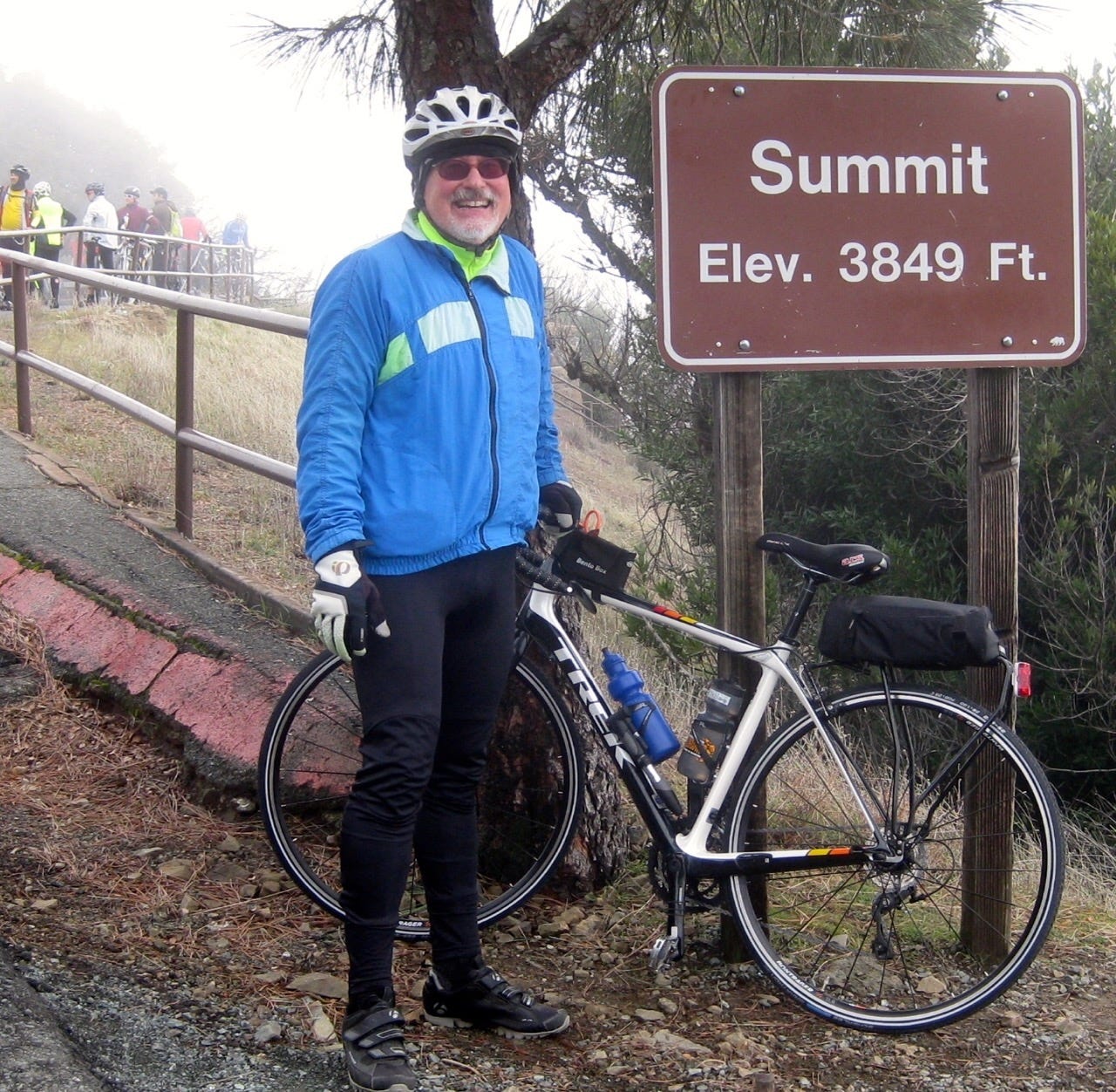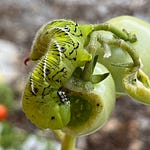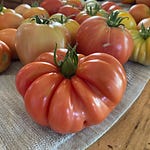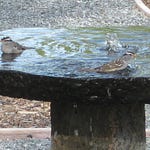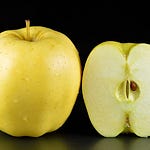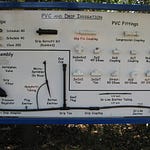In today’s newsletter podcast (above), Don Shor of Redwood Barn Nursery in Davis explains why now is the best time to be planting your vegetables for autumn and winter (in milder areas of the country). For those of you who live in the West, the South, parts of the Midwest and mid-Atlantic states, (USDA Zones 7, 8, and 9) we get down to specifics in this audio episode on the best varieties of vegetables to grow during the cooler months of fall and winter: lettuce, spinach, Swiss chard, cabbage, Chinese cabbage, cilantro, broccoli, cauliflower, beets, snow peas, fava beans, carrots, celery, onions, garlic, parsnips, shallots and turnips.
We’ll tell you about some tasty, easy to grow varieties that maybe you’ve never eaten, such as pak choi, black seeded simpson lettuce, Danvers half long carrots, and Romanesco broccoli. What’s that? Give a listen.
Fall Vegetable Gardening Basics
Do you want your family to eat healthy year-round? The healthiest, freshest foods are the fruits and vegetables you grow yourself. And in many areas of the West and South, the 365-day vegetable garden is easy to achieve. And now, late summer (August and September), is the time to be planting the seeds and transplants for the vegetables your family will enjoy throughout the fall, winter and following spring.
Although we are still in mid-summer, this is the time to start your winter vegetable garden here in Northern California, as well as other mild-winter areas around the state and the nation. Most of this planting can be done during the milder months of September and October (along with mid-August for some winter crops). For specific crop planting times for the various areas of California, refer to the UC Master Gardening Vegetable Planting webpage.
Designing Your Cool Season Garden Bed
The winter garden bed should have many of the same characteristics as the summer garden:
a sunny and level location close to the house;
a convenient water source;
and, soil that drains easily.
Because of possible heavy rains in winter, raised beds can solve that drainage problem for homeowners living with clay soil. Mix in other soil amendments, such as compost and manure, to improve crop production in the foggy, wet, cold days that await.
For foothill gardeners, a raised bed with wooden sides has an added benefit. Those structures can support a hinged, translucent top, such as glass, polyethelene or fiberglass…an instant cold frame to protect winter vegetables from low temperatures or heavy wind and rain.
Starting vegetables in the heat of the summer, especially from seed, requires a consistently moist seedbed until the plants are up and growing. An automatic garden watering system, such as a battery operated timer that attaches to a faucet, can ease that process.
Cool Season Vegetable Varieties
Here are some of the winter vegetable varieties that do well in Northern California, how much room to leave between the plants in each row, and how much to plant for a family of four (with moderate appetites):
Artichokes: A bit of a challenge in the interior valleys. Easy to grow in coastal areas. Plant from roots, not seed. Green Globe; 4 feet apart; 5-10 plants.
Broccoli: Green Goliath, Green Duke, Waltham 29; 10 inches apart; 20 foot row.
Brussels sprouts: Jade Cross Hybrid; 24 inches apart; 20 foot row.
Cabbage: Earliana, Copenhagen Market, Savoy King, Burpee Hybrid; 24 inches apart;15 plants.
Cauliflower: Snowcrown, Snowball Y, Purple Head; 24 inches apart; 15 plants.
Carrots: Nantes or Danvers half long, Short n' Sweet; 2 inches apart; 25 footrow.
Chinese cabbage: Michili, Pak Choi; 6 inches apart; 10 foot row.
Garlic: California Late, California Early, Elephant Garlic; 6 inches apart; 20 foot row.
Kale: Dwarf Blue Curled Vates, Dwarf Curled Scotch; 10 inches apart; 12 plants.
Kohlrabi: Early White Vienna, Sweet Vienna; 3 inches apart; 10 foot row.
Loose leaf lettuce: Ruby, Bibb, Salad Bowl, Green Ice; 6 inches apart; 15 foot row.
Peas: Mammoth Melting Sugar, Sugar Ann, Sugar Snap. 2 inches apart; 5 foot row.
Onions: Stockton Red, Stockton Yellow, Walla Walla, Texas White; 4 inches apart; 20 foot row.
Radish: Champion, Watermelon, Crimson Giant, Cherry Belle; 5 inches apart; 20 foot row.
Rutabaga: Victoria, Valentine, Strawberry; 3 inches apart; 15 foot row.
Spinach: Melody Hybrid, America, Bloomsdale Long Standing; 6 inches apart; 15 foot row.
Turnips: Purple Top White Globe, Shogoin (greens); 2 inches apart; 10 foot row.
Perennial Vegetables that need a lot of room:
Asparagus: Mary Washington, UC72, UC157, 500w; 12 inches apart; 20 foot row.
Rhubarb: Victoria, German Wine, Crimson Cherry; 2 feet apart ; 20 foot row.
“It’s the Best Garden Event in Northern California!” (I said that)
Harvest Day at the Fair Oaks Horticulture Center
Saturday, August 5, 8am-2pm. Free!
Debbie Flower and I will be talking about “Garden Tips to Save Time, Money and Water” at Harvest Day at 830 am. The Fair Oaks Horticulture Center is located at 11549 Fair Oaks Blvd, in Fair Oaks Park, Sacramento County, California. Hope to see you there! More details here. Presented by the U.C. Master Gardeners of Sacramento County.
Thank you for also listening to the Garden Basics with Farmer Fred podcast! It’s available wherever you get your podcasts. Please share it with your garden friends.
Fred Hoffman is also a University of California Cooperative Extension Master Gardener in Sacramento County. And he likes to ride his bike.



